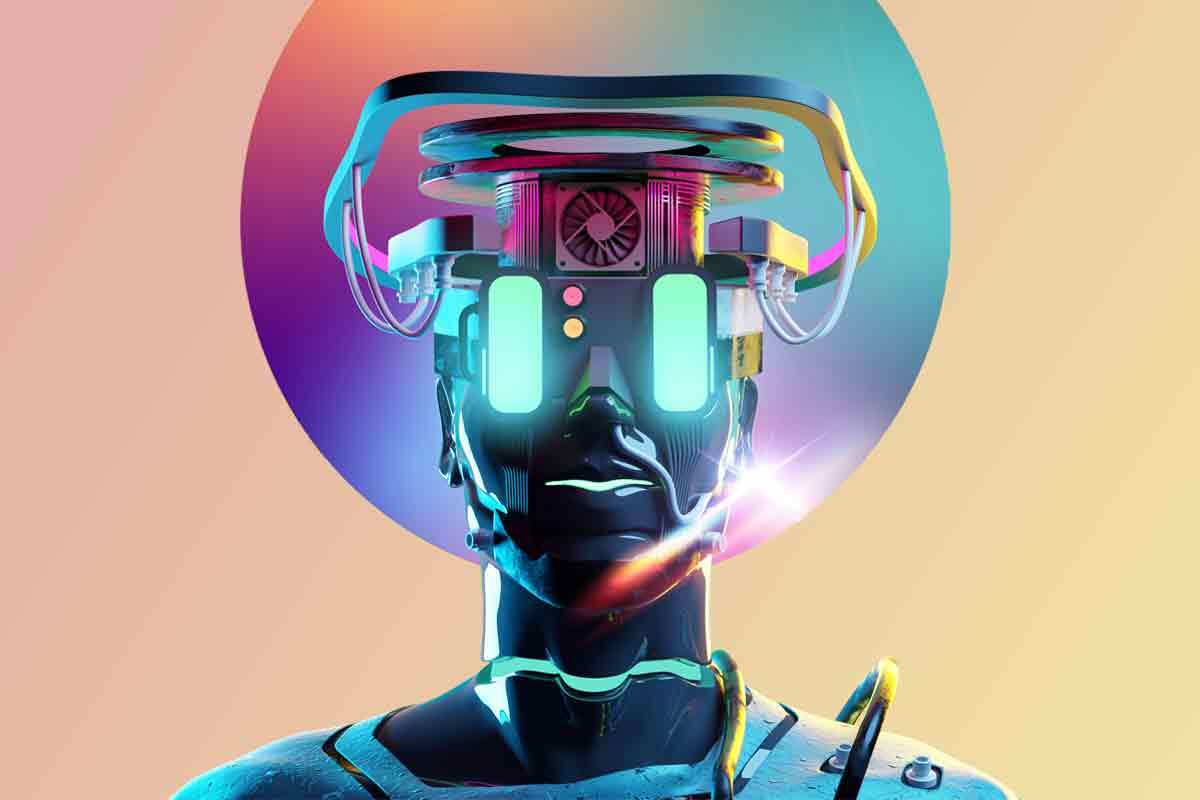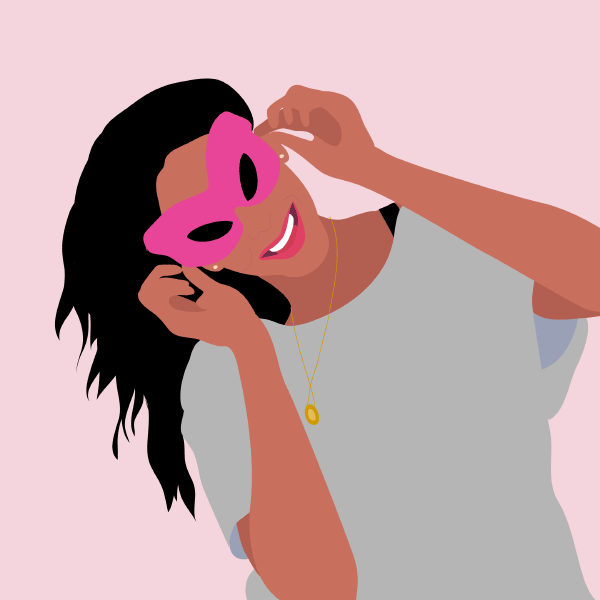 It feels like we’ve reached a major turning point in technology. With AI’s potential to revolutionise every industry and application, the single biggest impact will be on business transformation, and the adoption of frontier technology is going to be a key influence in the growth of companies.
It feels like we’ve reached a major turning point in technology. With AI’s potential to revolutionise every industry and application, the single biggest impact will be on business transformation, and the adoption of frontier technology is going to be a key influence in the growth of companies.
PWC predicts that the AI contribution to the global economy will be worth around $15.7trillion by 2030.
Those who dive in will no doubt give themselves a huge competitive advantage. By building AI into your processes, you gain the ability to try more, fail faster, succeed better, and double up on innovation. It’s basically a big red button with TURBO written on it.
But how does this affect those of us working in the creative industries, and do we even want to hit the big red button? Unless you’ve been living in a cave for the past few years, you will have seen the sudden (and slightly terrifying!) arrival of generative AI models, able to produce visual content, to a brief and in real time, from just a few text prompts. It would be hard for any creative to not find this development absolutely breathtaking, but at the same time feel a deep-rooted sense of fear for what this means for all of our jobs in the future. So, should we be scared? Well in a way, yes, and in a way, no.
A turbo toolkit
There are jobs we do as creatives that require little skill but take up a lot of time. And, just like household chores, technology has advanced to provide us with solutions to tasks we don’t want to do, or that take a long time. In the same way you would rather use the dishwasher than spend 30 minutes washing up, do you want to spend an hour extending the background of an image or would you like to click a single button and then move on to the more creatively rewarding parts of the job?
Up until this point in our careers, automation in design has been cleverly hidden under the cloak of regular Adobe updates. Small, clever updates and new tools from Photoshop to speed up the workflow, which have always been welcomed, as they never really rocked the boat. There to help us vs to replace us. But now we find ourselves asking if soon we will be needed at all? Personally, I think we are needed more than ever. These new technologies and tools are wild, in their fledgling state and they need serious input. What’s delivered back is raw, sometimes wrong, and needs interpreting and more work done to make it commercially ready. It’s so far from the finished article at times, you almost feel more secure because it’s so bad. Having said this, what we have suddenly got is a whole new toolkit. One that can visualise 6 ideas in 6 minutes, the ability to iterate on those ideas a dozen times until you land on something that feels good. It will help you get to where you want to get, much, much quicker. You nowhave a creative partner, albeit one that needs precise words from you in order for it to give you back what you are envisaging. If your prompts are too undefined, you may as well be playing roulette.
So now it’s not only about how good your idea is, but how well you can articulate it when you’re not the one visualising it in the first instance. What is clear to see though is that its potential is immense, and like every other industry, those who adopt the tools will have the advantage. So use them – dive in, get comfortable, understand the parameters, see how it fits into your workflow and learn how it can help you deliver even better work and results for your clients. I read a great quote recently – “AI won’t take your job, but someone using it will” and that is, in my eyes, 100% correct. That’s why we’re driving our studio in researching, testing, and adopting as many tools as possible. We want to learn and grow with the technology and be part of a really exciting new way to create in partnership with AI, but only when it’s needed, appropriate, and by using it as a platform to then layer our own wonderful human creativity on top.
Augmented advertising
The rapid advancements in AI have been intersecting with other technologies, further advancing their functionality and capabilities. Augmented reality is one of those other technologies which is benefiting, from improved object recognition and tracking, through to spatial awareness and advanced analytics. AR is now able to provide a more immersive, intelligent, and interactive experience, and marketers are looking to this technology to elevate their campaigns.
AR campaigns can transcend the traditional 2D screen to create big, memorable brand moments. There is an investment in AR projects, both time and money, but there is also money to be made. Conversion rates are found to be 40% higher with AR, and 64% of customers feel the use of AR boosts their brand loyalty. By 2027, the full AR market is predicted to be worth $50 billion, and AR integration is going to be the expectation for the buyer’s journey. Currently only 1 in every 100 retailers are using AR to sell, so the opportunity is there.
Beyond lower funnel activity, utilising AR for generating big brand awareness moments has also started to become a hyper-effective marketing strategy. In May 2023, Google released geospatial creator, turning the whole world into a potential AR stage. By integrating real-word geographical data with augmented reality technology, it made it possible to apply digital creative to location-specific environments, in real time. This allowed geospatial AR applications such as Adobe Aero or platforms like Snapchat to display interactive, context-aware content directly onto the user’s view of the IRL world, through their phones, tablets or AR glasses. What better way to create a big moment for your brand, than using the world’s most iconic landmarks as the set for your campaign?! Captivating, hype-building and immersive, blending the digital and physical worlds together. Alongside VOOH (virtual out of home), these campaigns have been the ones that have gone viral in the past year. So, whether it’s short-lived novelty or the future of advertising, AR is another technology we’re diving into head-first, and speaking to our clients about how it can create a big impact moment for them.
These are just a few examples of the amazing tech developing at lightning pace around us, so come back for the next instalment to explore the newest innovations sculpting our landscape.

Sonali de Alwis is the Executive Creative Director at OLS. She works across all client accounts, driving creative excellence, and is a dedicated believer in using global insights and consumer trends to shape more effective work. She loves journalistic photography, elaborate recipes, going on far-flung adventures, and can often be found in one of the many south London food markets.